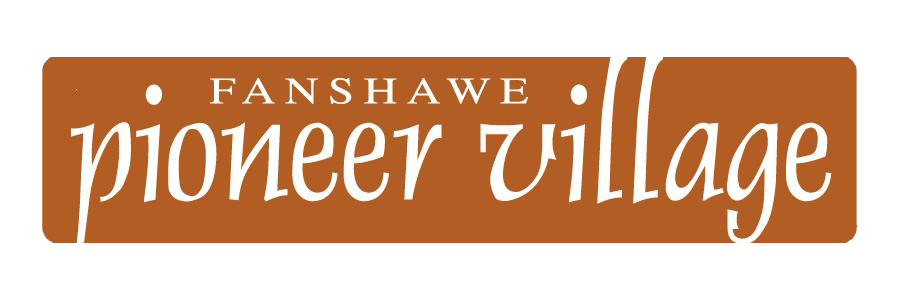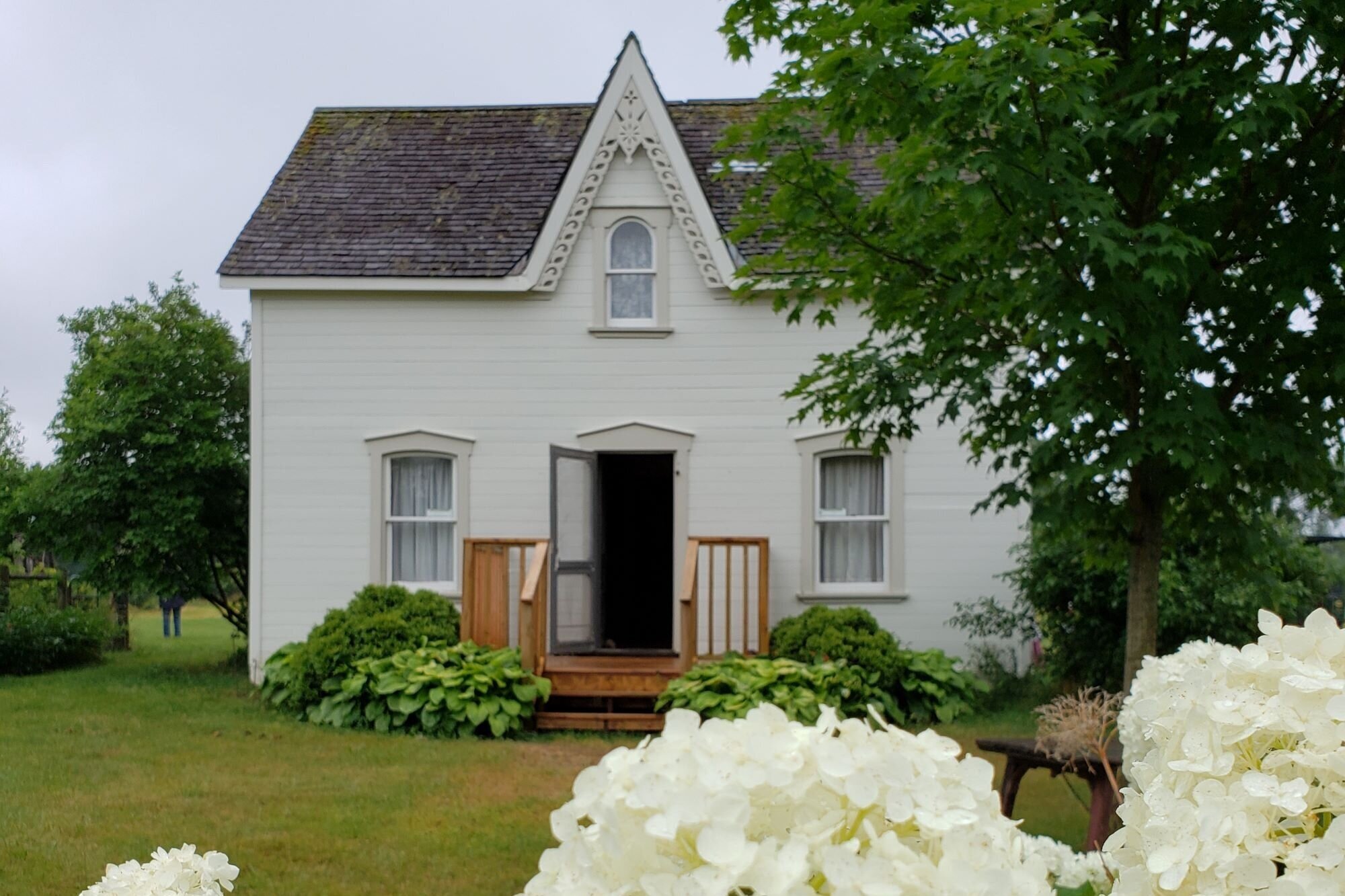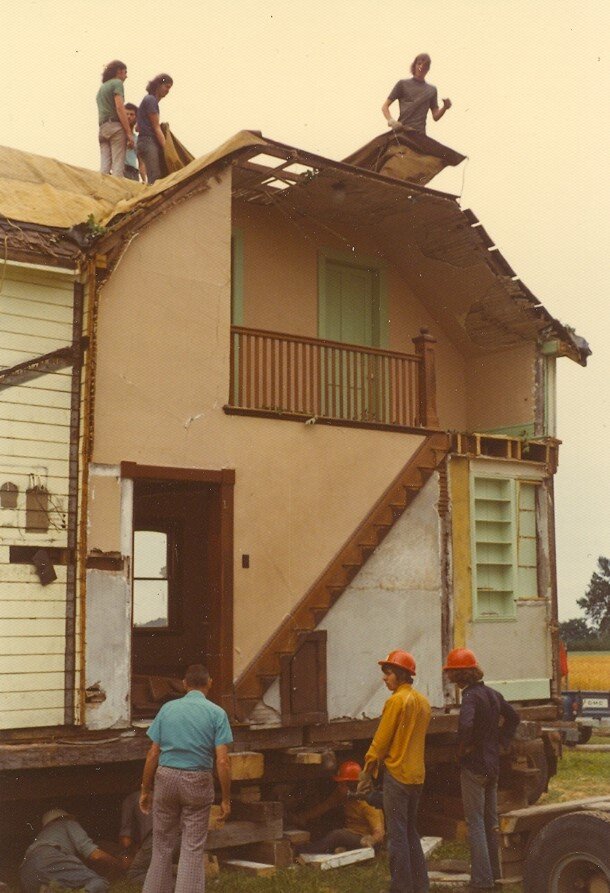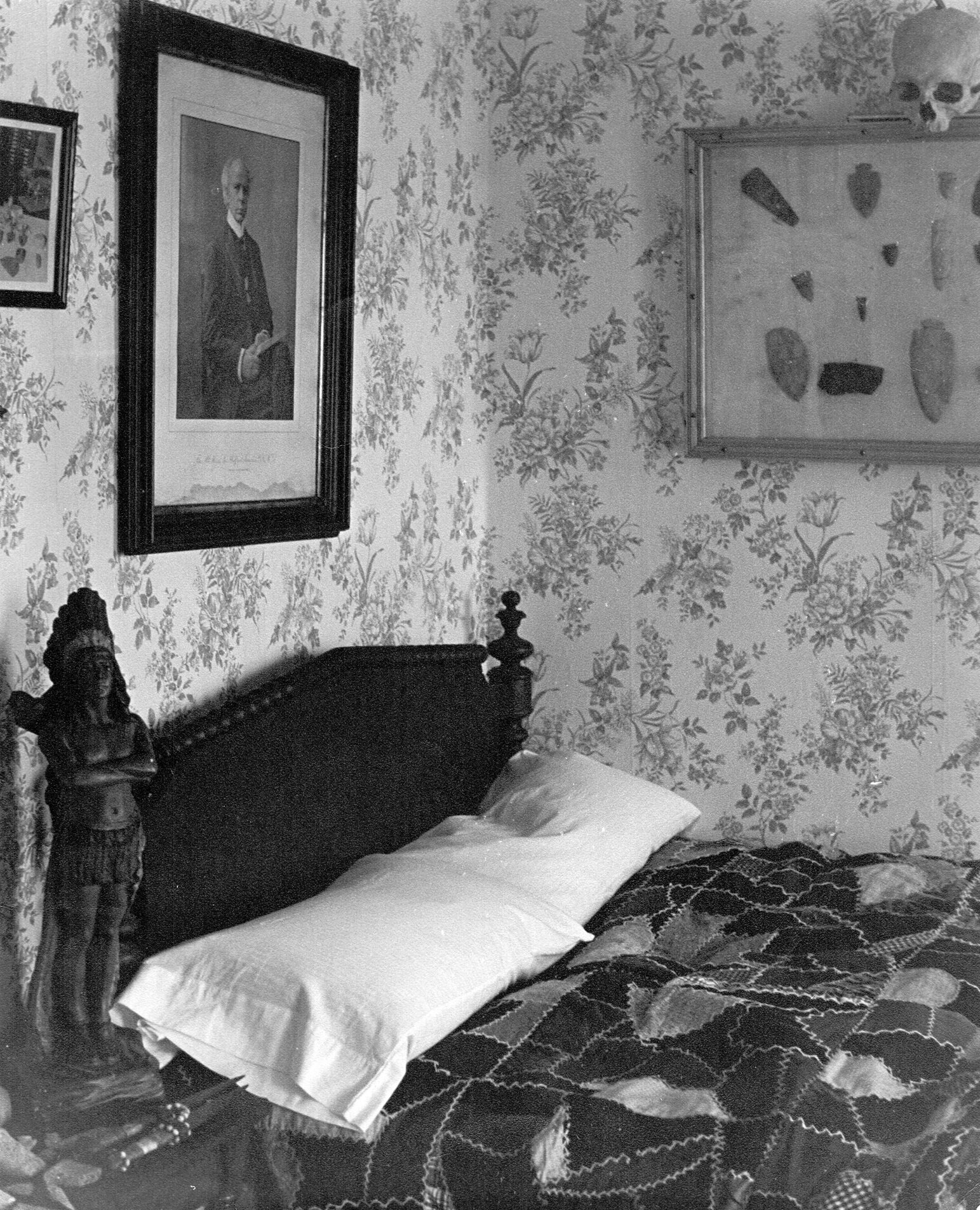Jury House
Original Building
Lobo Township
Middlesex County
Circa 1888
The Jury Farmhouse was built in 1888 by William Jury Jr. for his son Amos on the occasion of his marriage to Charlotte Julia “Jewel” Alder, the daughter of weaver Thomas Alder. This Ontario Gothic Revival, balloon-frame structure has many unique architectural details including pocket doors, recessed oak cabinets, quarter-sawn oak trim and a two-toned hardwood kitchen floor of cherry and maple. Evidence suggests that the house originally had a centre hall design which was modified when an addition was built around 1890.
The Jury family practiced mixed farming and owned the house until Amos’ death in 1964. It was brought to the village in 1973. Much of what we know about the family comes from Jury’s son Wilfrid, who grew up in the farmhouse, and who later became the Village’s founding curator.
As well as being a hard-working farmer, Amos Jury liked to fish, paint and build plaster models. Many of his models and paintings have been preserved in the artifact collections at the Village and the Museum of Ontario Archaeology. Examples of Amos’ artistic work can also be seen in the Jury House, including: a mural painted on the wall at the foot of the staircase; a stenciled border on the kitchen walls; and, an unfinished painting still on an easel in the front parlour.
Our First Curator
In the early days of the Village, many of the artifacts on display came from Wilfrid Jury’s private collection. He was insistent that the artifacts not be kept behind glass, but rather be displayed in their “natural setting.”
Wilfrid Jury was stationed in Halifax Harbour on December 6, 1917 when the Mont Blanc, a French artillery ship, collided with the Imo, a Norwegian vessel. The explosion destroyed most of Halifax, as well as Dartmouth on the harbour’s far shore. More than 1,600 people were killed and about 10,000 injured. The boat where Jury served was destroyed and Jury himself washed ashore in Dartmouth, unconscious and with a damaged lung. A local family cared for him for several weeks as he lay unconscious and unidentified. Of course, in the aftermath of such a disaster, it was difficult to immediately and accurately assess the losses and damages. Jury was listed as “missing, presumed dead” and a medal honouring his service for “never having failed in a mission” was forwarded to his mother.
Building restoration supported by London & Area Agricultural Retailers and the London & Middlesex Heritage Museum Board of Directors.












